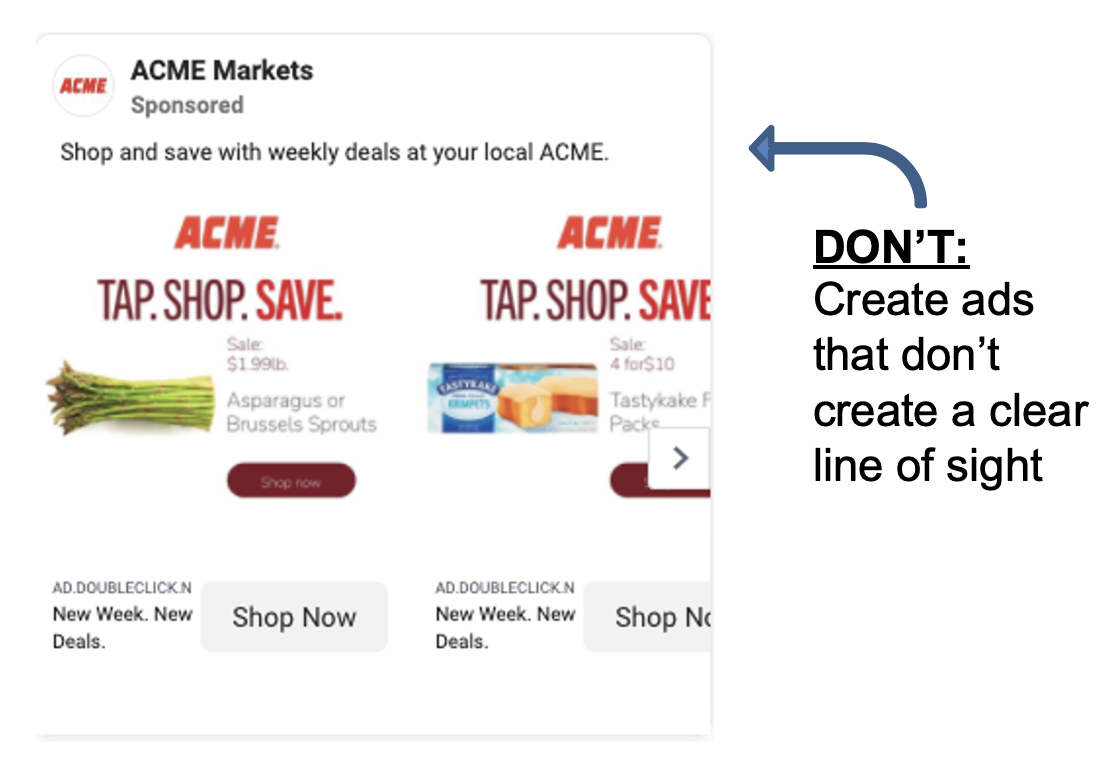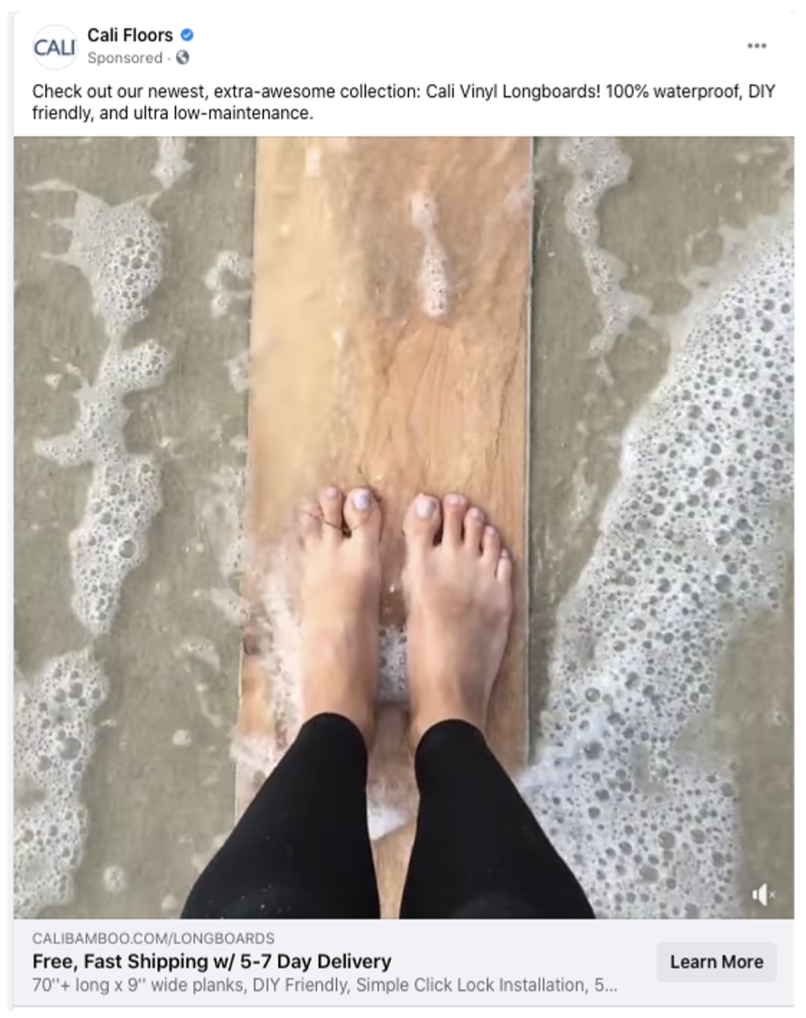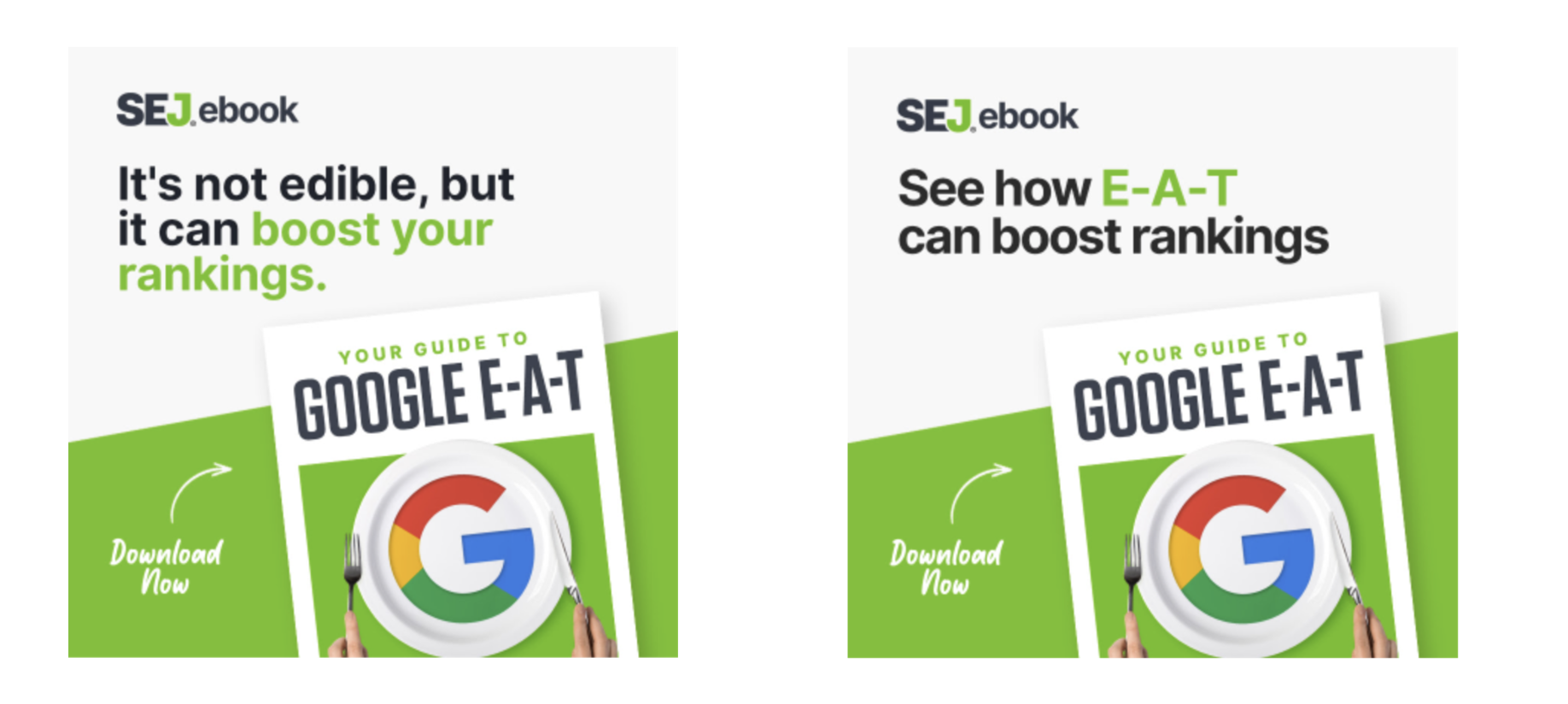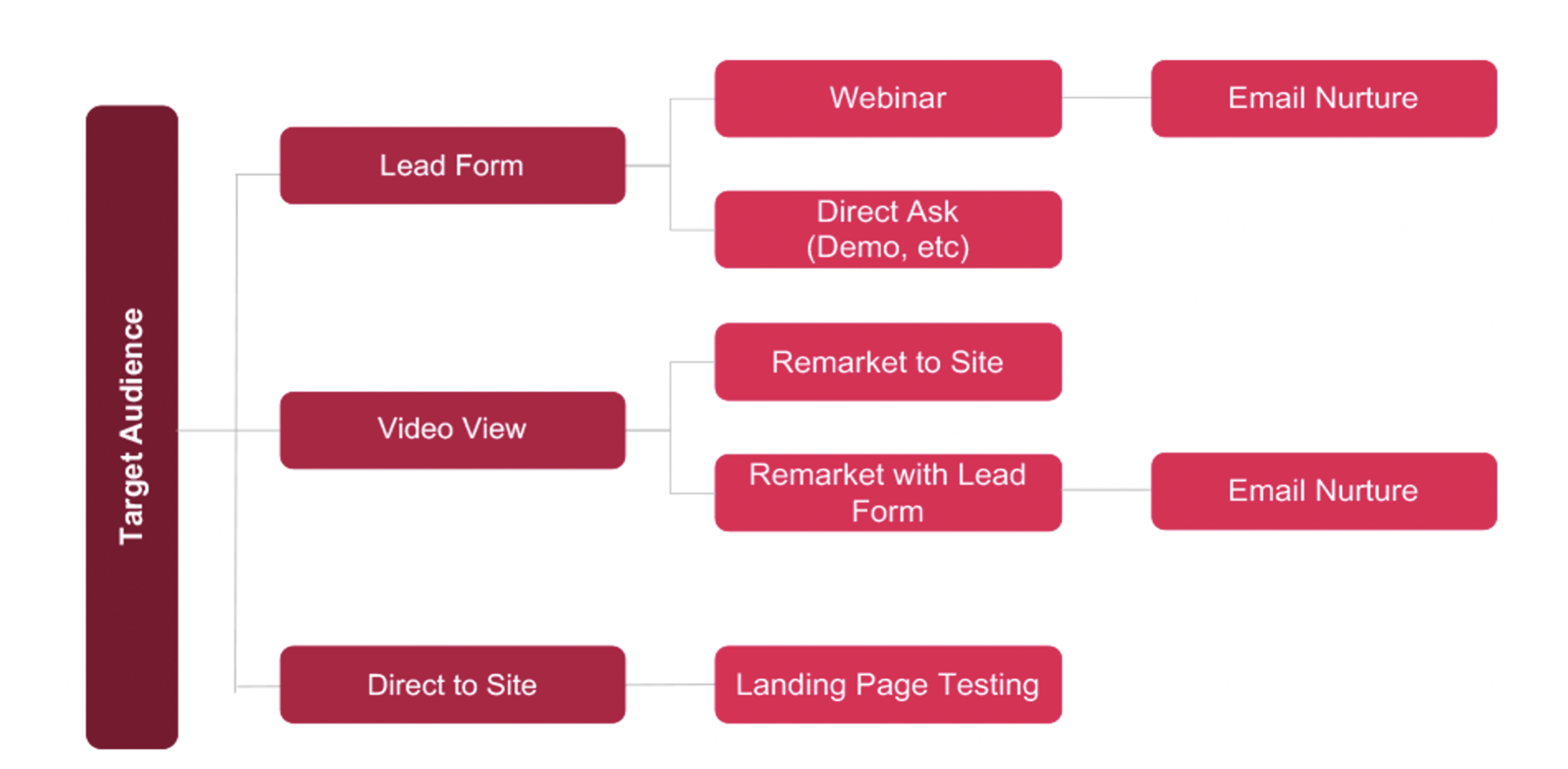What makes paid social campaigns effective?
Where are your opportunities for improvement?
On October 27, I moderated a Search Engine Journal webinar sponsored by Similarweb and presented by Amy Bishop, Owner/Marketing Consultant at Cultivating Marketing.
She shared three steps for investing wisely and winning in your market by creating paid social campaigns that convert.
Here’s a recap of the webinar presentation.
Step 1: Understand Your Audience + Their Needs
To know your audience better, ask yourself these questions:
- What are they solving for?
- Where do they get their information?
- Which characteristics make them a good prospect?
- What are indicators that they are in-market?
- Who or what influences them?
- What else do we know about their demographics & firmographics?
Build Your Audience Profiles
Gather Data From Facebook Audience Insights
Facebook Audience Insights can give you all the information you need to build customer profiles, like the one below:
- Identify top purchaser demographics
- Identify interests to target
- Further segment by layering interests
- Monitor performance to flesh out and validate personas
RSVP → Learn How To Turn This Data Into An Audience that Converts.
 Source: Cultivative Marketing
Source: Cultivative MarketingGather Data From LinkedIn Targeting
In addition to just learning your audience’s job titles, there many more affordable and precise qualifying factors that you can learn about your audience on LinkedIn:
- Affiliations and publications that your target market follows
- Skills
- Company size
- Industry
- Seniority level
Test different attributes in different campaigns to see what works best for you.
Align Your Content With Your Audience’s Needs
One way to discover your audience’s needs is to leverage Broad Targeting. This type of ad targeting helps you get a good idea of where your audience is within a sales and marketing funnel.
RSVP → Learn How Broad Targeting Can Help Your Conversion Rates.
If you already have details on your target audience’s needs, it’s time to consider where people are in the funnel when targeting them.
This will help you understand how to build out content that matches the intent of each section of the funnel. The closer the content matches, the more likely the prospect is to convert.
 Source: Cultivative Marketing
Source: Cultivative MarketingFor example, if a portion of your audience was previously in the “Top of Funnel Targeting” section, use Amy’s list below to discover what type of targeting and content should be lined up for their journey into the “Middle of Funnel Targeting” section:
Top Of Funnel Targeting Suggestions
- Interest-based targeting
- Demographic targeting
- Cold prospect lists
- Broad lookalike audiences
- Account-based marketing
Middle Of Funnel Targeting Suggestions
- Warm custom audiences
- Video viewers
- Followers of your page
- People that engaged with posts or mid-funnel content
Bottom Of Funnel Targeting Suggestions
- People who abandon carts or forms
- Visitors of high-intent pages (ex. pricing)
- Viewers of specific products and services
- Low-funnel custom audiences
By focusing on each part of the funnel, you could drive qualified traffic at lower costs and higher conversion rates.
Step 2: Design Creatives That Work
Make A Good First Impression
Always put your best foot forward. Professional-looking images go a long way.
When you design creatives, make sure that they flow in a way that makes sense for a prospect.
Most people read in an F-shaped pattern.
 Source: Cultivative Marketing
Source: Cultivative Marketing Source: Cultivative Marketing
Source: Cultivative MarketingIf you put things in creative, think about how you can make it easy for readers to scan and understand what you’re selling.
There are free tools like Canva or other low-cost subscription tools that are great for designing social creatives.
Make Your Value Proposition Obvious
Let your audience know exactly what they are getting. Be clear and concise with your copy and imagery to help prospects convert faster.
 Source: Cultivative Marketing
Source: Cultivative MarketingThis ad makes you quickly understand that the flooring is waterproof, and it conveys that message instantly even without the text.
An MIT study found that the human brain can process an image in as little as 13 milliseconds, so the visual creation of your ad is most likely to grab the attention of your market.
Pop Quiz 1: Which Ad Performed The Best?
 Source: Cultivative Marketing
Source: Cultivative MarketingThe first ad won.
Why? There’s going to be a ton of information in this book. The ad is straightforward about why prospects need the product and what it will do for them.
Pop Quiz 2: Which Ad Performed The Best?
 Source: Cultivative Marketing
Source: Cultivative MarketingThe second ad won.
While the first one may sound clever, the second is straightforward about what it’s going to do for prospects. With a glance, it tells the prospect that it will explain how to boost rankings.
Other High-Conversion Creative Techniques
- Maximize Use Of Your Space: Stay away from repeating the same copy in the same ad; use that space to add additional value.
- Consider Your Offers: Leveraging sales, discounts, and promos can each increase your average order value.
- Leverage Engagement: Use post engagement as a cheap way to create remarketing pools and transition prospects into the middle funnel.
- Leverage Social Proof: Deliver ads to an email list of existing happy customers, have them write reviews in the comments or share user-generated content, then plug it into a prospecting, “Top of Funnel” campaign.
- Be Relevant By Knowing Your Audience: A campaign targeting fans of a sports team on merchandise with their logo, for example, would be more likely to convert than logos from another team.
- Set Expectations For The Landing Page: The ad creative should directly relate to the landing page.
- Test Videos When Possible: Sometimes even just having authentic, low-budget videos can still perform well.
- Thumbnails Matter: Ensure that you make an excellent first impression with your thumbnail. Otherwise, people will keep scrolling.
RSVP → Learn How Optimizing Graphics Can Help Bring Cost Per Result Down + See Case Studies
Step 3: Increase Conversion Potential
Test Better Qualifying Audiences & Lookalikes
Sometimes just testing better-qualified audiences can improve your conversion rates. For example, instead of targeting a complete list of leads, consider using lookalikes based on sales.
The best-case scenario has value-based audiences.
 Source: Cultivative Marketing
Source: Cultivative MarketingTest Different Lead Flows
Having multiple touches can be more cost-efficient than just one touch that tries to drive them right into the purchase.
 Source: Cultivative Marketing
Source: Cultivative MarketingOther High-Conversion Optimization Techniques
- Get More Data: Bidding algorithms love data. Try to broaden your targets, even if your ad set is driving conversions; low data volume will cause inconsistent performance and a volatile CPL.
- Optimize To A Higher Funnel Conversion: Focus on increased add-to-cart, purchase, and purchase value.
- Add Accelerated Checkout Options: For example, have your customer’s payment information saved with a click of a button.
- Use Facebook Lead Generation Forms: This can increase lead volume by making conversion quick and simple.
- Reduce Friction Higher In The Funnel: Send people to informational content vs. moving directly to demo requests.
RSVP → Learn How Nurturing High-Funnel Leads Can Improve Conversions.
Key Takeaways
- Know your audience and use that information to find them
- Create engaging, relevant creative
- Look for ways to scale based on your data
[Slides] 3 Steps To Creating Paid Social Campaigns That Convert
Here is the presentation:
Join Us For Our Next Webinar!
Beyond ROAS: Aligning Google Ads With Your True Business Objectives
Join Justin Covington, Director of Paid Channels Solutions at iQuanti, as he breaks down the Google Ads changes and show you how to use value-based bidding to drive measurable results.
Image Credits
Featured Image: AI Studio/Shutterstock


